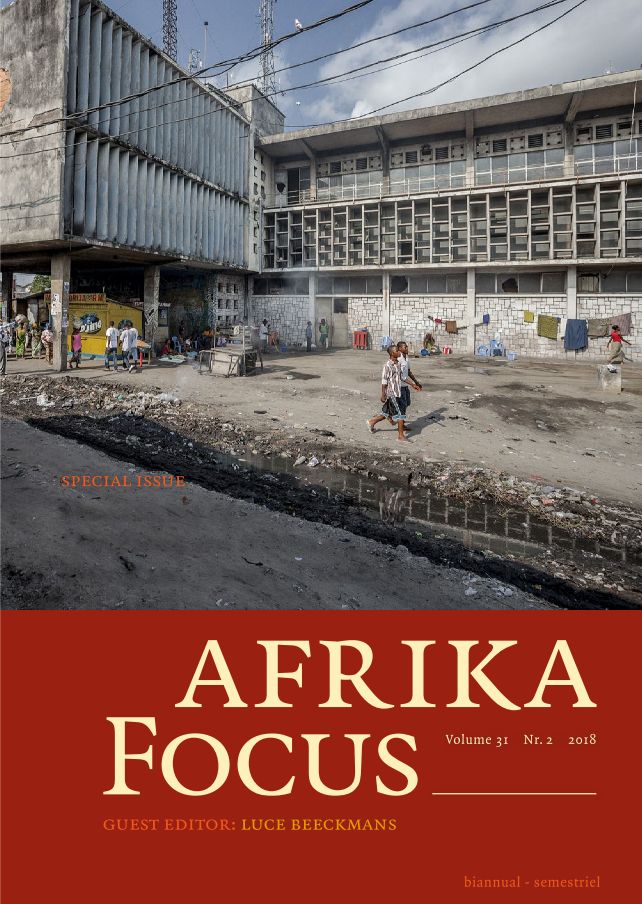Regreening of The Northern Ethiopian Mountains: Effects on Flooding and on Water Balance
DOI:
https://doi.org/10.21825/af.v31i2.9923Abstract
The hydro-geomorphology of mountain catchments is mainly determined by vegetation cover. This study was carried out to analyse the impact of vegetation cover dynamics on flooding and water balance in 11 steep (0.27-0.65 m m-1) catchments of the western Rift Valley escarpment of Northern Ethiopia, an area that experienced severe deforestation and degradation until the first half of the 1980s and considerable reforestation thereafter. Land cover change analysis was carried out using aerial photos (1936,1965 and 1986) and Google Earth imaging (2005 and 2014). Peak discharge heights of 332 events and the median diameter of the 10 coarsest bedload particles (Max10) moved in each event in three rainy seasons (2012-2014) were monitored. The result indicates a strong reduction in flooding (R2 = 0.85, P<0.01) and bedload sediment supply (R2 = 0.58, P<0.05) with increasing vegetation cover. Overall, this study demonstrates that in reforesting steep tropical mountain catchments, magnitude of flooding, water balance and bedload movement is strongly determined by vegetation cover dynamics. KEY WORDS: HYDRO-GEOMORPHOLOGY, REFORESTATION, CREST STAGE, PEAK DISCHARGE, BEDLOADDownloads
Published
How to Cite
Issue
Section
License
Copyright (c) 2019 Tesfaalem G. Asfaha, Michiel De Meyere, Amaury Frankl, Mitiku Haile, Jan Nyssen

This work is licensed under a Creative Commons Attribution-ShareAlike 4.0 International License.
Authors who publish with this journal agree to the following terms
Authors retain copyright and grant the journal right of first publication with the work simultaneously licensed under a Creative Commons Attribution License that allows others to share the work with an acknowledgement of the work's authorship and initial publication in this journal.
Authors are able to enter into separate, additional contractual arrangements for the non-exclusive distribution of the journal's published version of the work (e.g., post it to an institutional repository or publish it in a book), with an acknowledgement of its initial publication in this journal.
Authors are permitted and encouraged to post their work online (e.g., in institutional repositories or on their website) prior to and during the submission process, as it can lead to productive exchanges, as well as earlier and greater citation of published work (See The Effect of Open Access).


